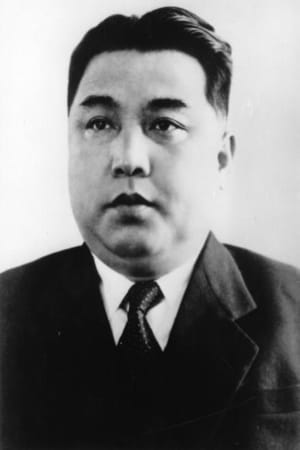Wenn aktiviert werden Animationen deaktiviert
Wenn aktiviert werden keine oder kleinere Bilder geladen
Wenn aktiviert wird ein helles statt dunkles Design genutzt
Wenn aktiviert wird eine kompakte Startseiten Version gezeigt
Setzt die primäre Ausgabesprache der Website fest
Selektiert wenn vorhanden die bevorzugte Audioausgabe
Selektiert wenn vorhanden die bevorzugte Videoqualität
Hebt wenn vorhanden den ausgewählten Hoster hervor
Filtert die Updateliste auf der Startseite
Wir speichern deine Filme unter deiner FilmFans-ID # und in einem Cookie. Solltest du deine Liste löschen wollen, lösch einfach deine Cookies. Du kannst deine FilmFans-ID nutzen um deine Liste auf mehreren Geräten abrufbar zu machen.
Aktiviert Benachrichtigungen für dieses Gerät
Kein Problem wir benachrichtigen dich gern. Alles was du dafür tun musst, ist deinem Browser einmalig die Erlaubnis erteilen, dass wir dir Benachrichtungen schicken dürfen.
Du kannst deine Einstellungen jederzeit wiederurfen, Serien entfernen oder neue hinzufügen.

Kim Il-sung was the leader of North Korea DPRK from 1948 to 1994. Kim began his career in the North Korean leadership in 1968 as the head of the state’s propaganda and agitation department, the main organ of which was the film studios. He amassed arguably the world’s largest personal film collection: over 20,000 bootlegged 35mm screening copies from all around the world that, due to the DPRK’s stringent information-control policies, he was the only person in the country authorised to watch. His first mission was to use cinema as a propaganda tool to “educate” the people. Before 1945, North Korea hadn’t existed; Korea had been a unified kingdom for hundreds of years – until 1910, when it was swallowed up by the Japanese empire, which didn’t divide it. The border that now separates the two Korean states was drawn on a map at the end of the second world war as a compromise between the US and the USSR, who had jointly defeated the Japanese. The Kims’ mandate, from the first, was to convince the people that “their” Korea in the north was more legitimate than the “other” Korea in the south, which, they said, had a puppet government secretly run by Americans. Using books and plays, but mainly film, the Kims rewrote Korean history to paint themselves as revolutionary freedom-fighters, the last bastion of resistance against Yankee imperialism.